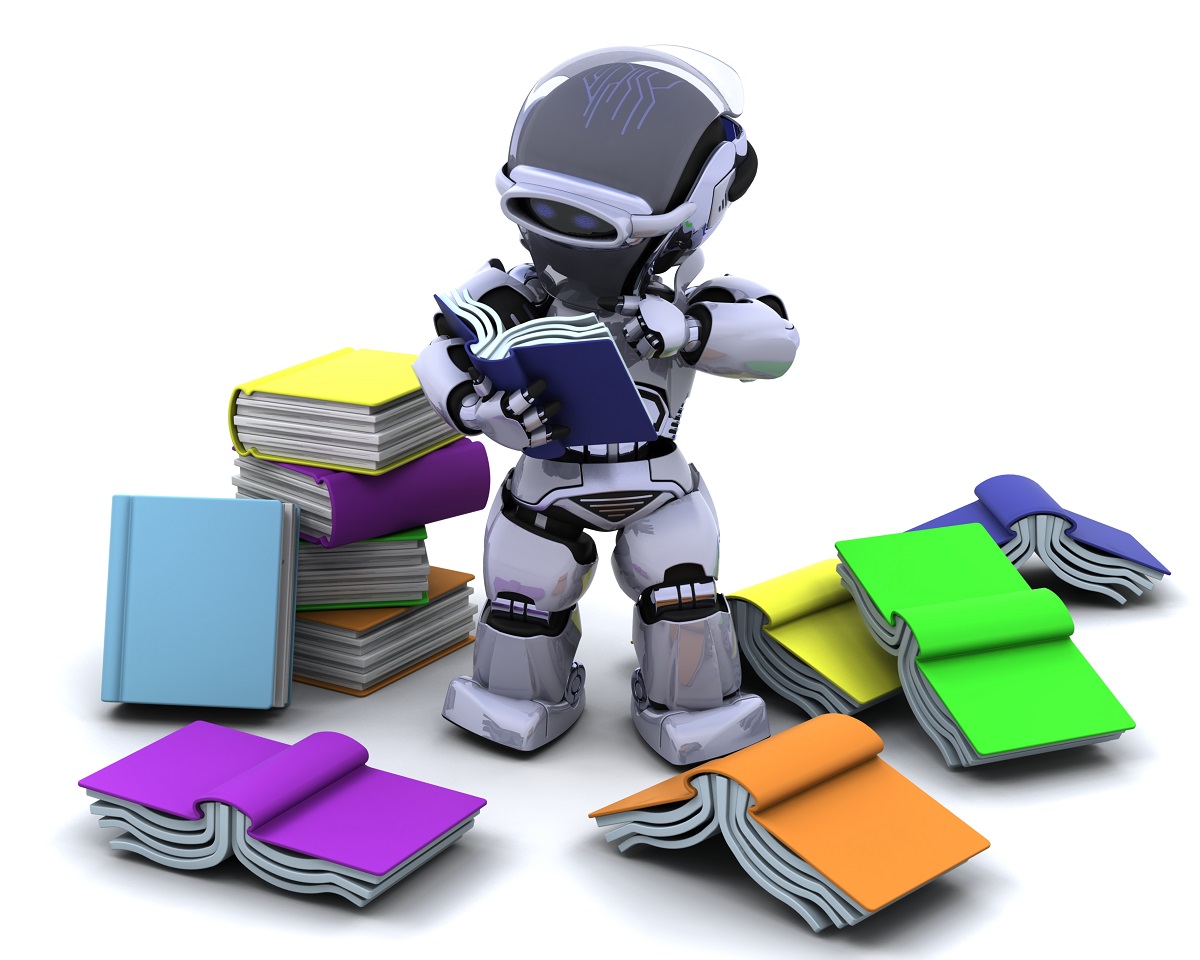Robots can have a use in the modern classroom. While they may never be able to replace the teacher, they can act as an assistant and help provide discipline and answers to students’ questions.
While technology begins to take center stage in business and at home, it seems to be lacking inside the classroom. Many school classrooms still use old-fashioned chalkboard, textbooks, and handwritten notes.
Some schools have responded to the call to reduce environmental impact by implementing smart textbooks available on tablets and computers. Scientists are aiming to make robots the modern classroom tutor. Will they do the job?
Boost education
Robots are being piloted in some classrooms to gauge to what extent they will be effective. The studies so far have shown that robots are effective in teaching narrow skills. Skills like vocabulary, spelling, and basic arithmetic are made simpler and more accessible through robotic interaction.
Teaching these narrow skills can be tedious and time-consuming, so teachers involved in the pilot projects feel it is advantageous to use robots for these skills.
Having a robot in the classroom could also boost education through discipline and classroom management. While some schools offer teaching assistants for this purpose, other schools don’t.
The robot can act as a teaching assistant, maintaining discipline while answering basic questions. This leaves the teacher with time to focus on the lesson material and more important questions.
Personal attention
Teachers are often faced with overcrowded classrooms. Robots being present in the classroom can help eradicate some of the problems associated with classroom overcrowding. Students in overcrowded classrooms often underperform or fail as a result of falling under the radar.
Robots can pinpoint students who need help and offer them the help they require. In addition, with AI developing at a rapid pace, robots could also offer some emotional support to students who are struggling.
What might make this better is that students might feel more inclined to trust a robot since robots are perceived to have no emotions. Teachers can use this trust to gather information and develop reports about the students, helping them find ways to address student issues inside the classroom.
It’s something similar to the writers and advisors at Edu Birdie. The popular online writing service is a benchmark in its line of work because of the personal approach its writers use in writing assignments and consulting students on critical matters.
Developing important skills
While robots can teach narrow skills and facts, there are some developments that robots cannot access just yet. While AI technology is developing at a rapid pace, computers are still dependent on input systems telling them what to do. As a result, computers and robots cannot develop important skills like critical thinking.
Robots and computers regurgitate information in line with how they are programmed. This means that they do not think for themselves and cannot form ideas and opinions of their own volition.
Teachers are necessary for fostering clear and critical thought, meaning that while the robot can perform certain of the teacher’s roles in the classroom, it cannot replace the teacher.
Create curiosity
Teachers can add value to a student’s life by fostering curiosity. Teachers use their place in the classroom to spark curiosity in students by introducing topics that need further exploration.

Without the introduction of the topic, a student will not know there is a topic to be explored. While a robot can provide the means for exploration of a topic, it cannot spark the curiosity within the student.
As a result, teachers should work in conjunction with the robot when aiming to engage a student’s curiosity. The teacher can introduce the topic, and the robot can provide the opportunity for exploration by providing answers to the students’ questions.
Through this system, the student gets the answers they seek and the teacher does not need to engage in additional research in areas that they are unfamiliar with.
Creativity
While technology develops at a rapid pace, computers and robots are still embedded in maths and science. This means that robots used in the educational environment can help students develop the logical aspect of their brains but might not be able to promote creativity.
Modern AI bots have made attempts at writing creative messages of inspiration, and fall short of human creativity. Art and creativity are human endeavors, and can only be facilitated by other humans.
While robots can help in monitoring the classroom, they will be unable to teach creativity and art to students.
Despite the world aiming to improve the logical aspects of society, such as careers in mathematics and science, arts are highly sought-after skills. It is necessary for students to have an all-round development fostered by the robot and a real teacher.
Conclusion
Robots can have a use in the modern classroom. While they may never be able to replace the teacher, they can act as an assistant and help provide discipline and answers to students’ questions. Despite technology developing at a rapid pace, it may be impossible for robots to develop and adopt all human traits.
Robots can assist in education by saving time and money while providing students with educational and emotional support in the classroom. However, there are some skills best taught by another human that cannot be replaced by robots.


Join the conversation!